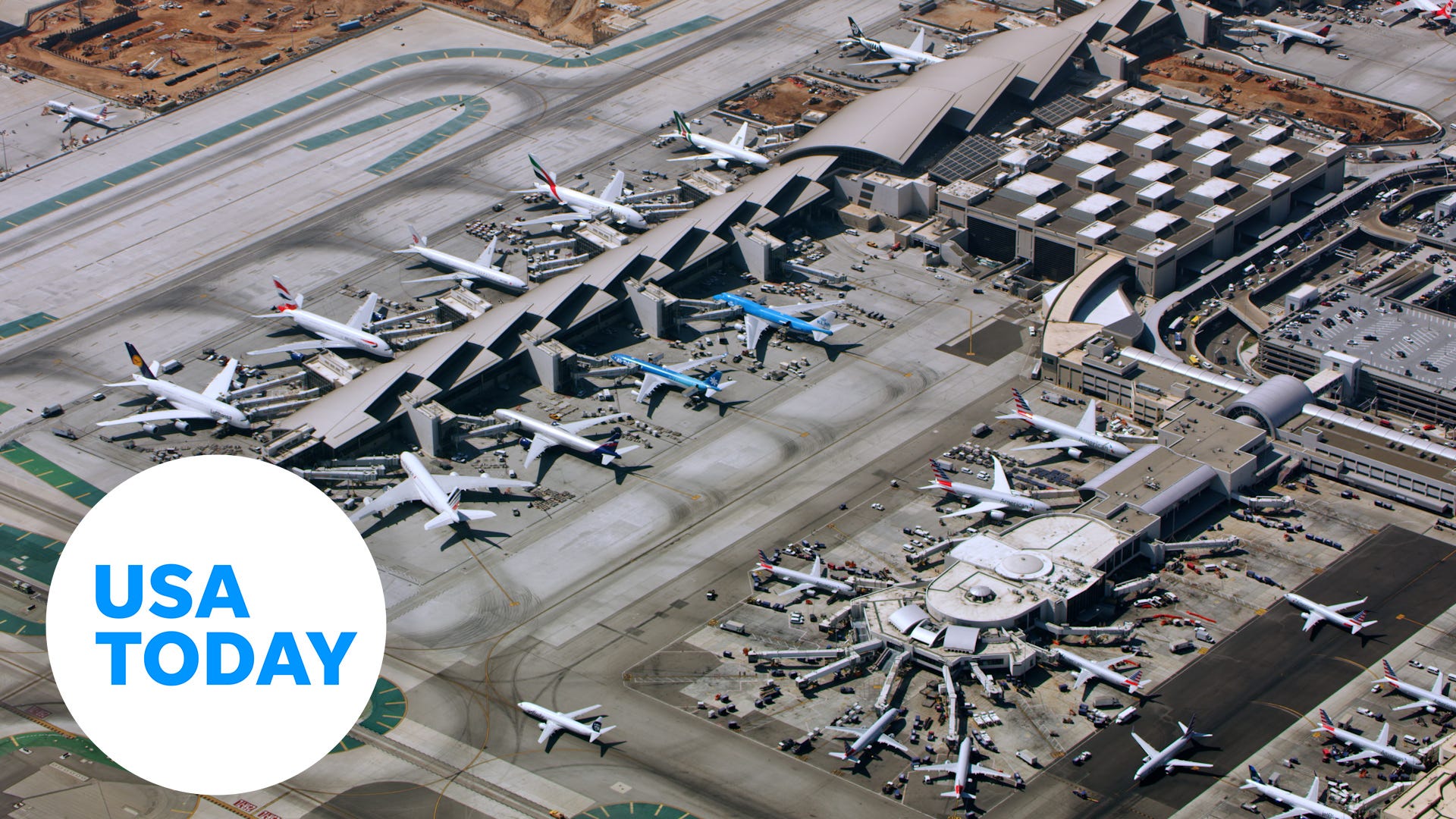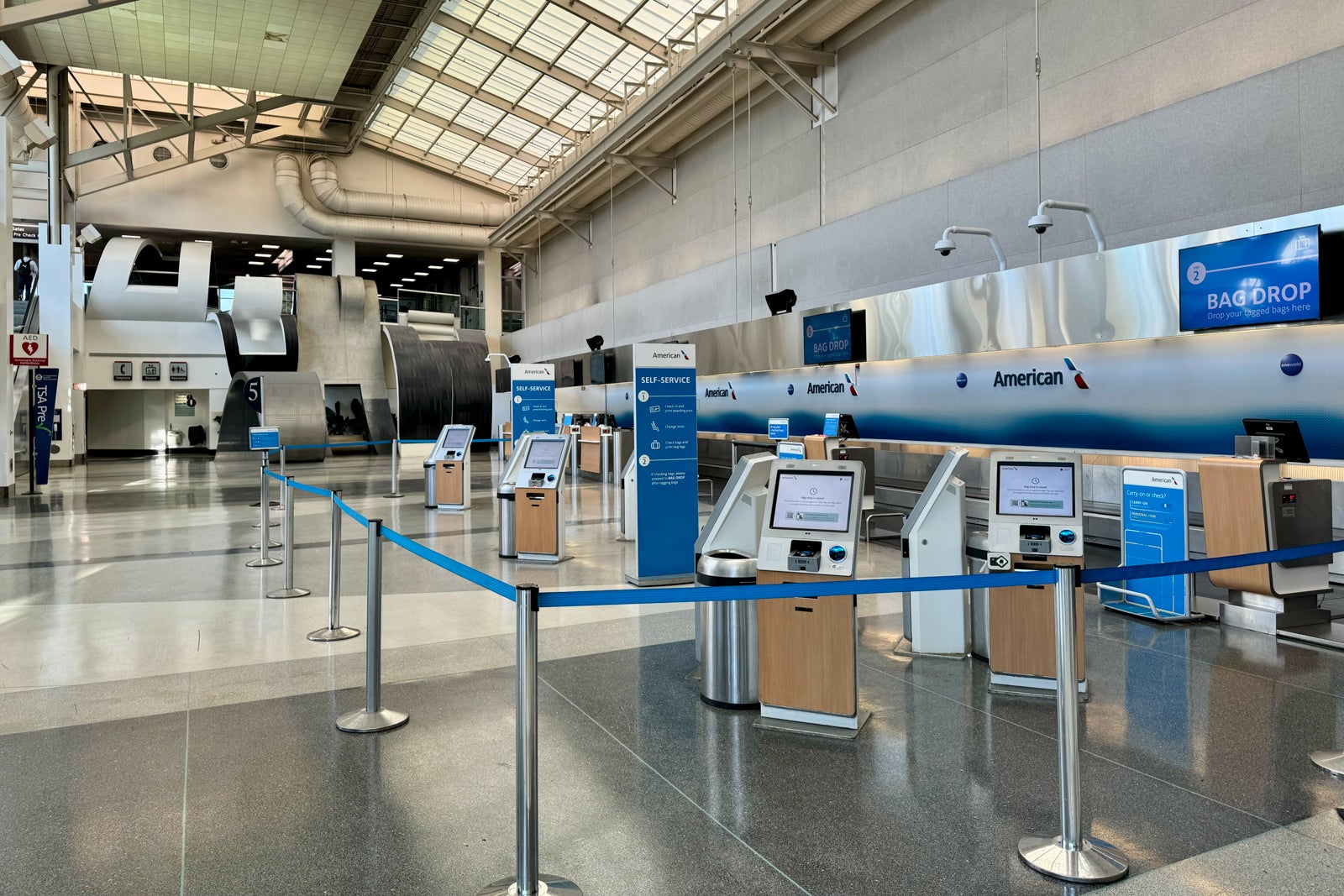Flight Safety Under Scrutiny: 3 Questions Sparking Debate | Cruising Altitude

- Recent high-profile aviation incidents have raised concerns about airline safety, despite flying being statistically the safest mode of transportation.
- Regional airlines, often subsidiaries of larger carriers, operate shorter routes with smaller planes and typically employ less experienced pilots.
- Staffing cuts at the FAA, while not directly impacting air traffic controllers, raise concerns about potential long-term effects on aviation safety due to the loss of support staff.
Here’s something I’ve been saying a lot lately: Flying remains the safest way to travel, bar none – but I understand why people are wondering how true that is.
Starting with last month’s fatal collision between an American Airlines regional jet over the Potomac River, up until Monday’s crash landing of a Delta Air Lines regional jet in Toronto (which everyone on board miraculously survived), aviation safety is on the minds of most travelers in a way it hasn’t been in over a decade.
It’s too early to fully understand what happened in either of those high-profile commercial accidents. The National Transportation Safety Board does seem to be zeroing in on some possible contributing factors to the crash near Ronald Reagan Washington National Airport, but the investigation into the incident at Toronto Pearson International Airport this week is only just beginning, and it will take months before all the facts are fully known by the public.
In the meantime, I have been answering questions from colleagues across the USA TODAY newsroom and trying to reassure them that it’s still safe to fly. I wanted to peel back the curtain on some of those discussions. Here are three questions we were discussing:
Both the Washington and Toronto accidents involved regional airlines. The American Airlines flight involved in a collision with a U.S. Army Black Hawk Helicopter over the Potomac River was operated by PSA Airlines, a wholly owned subsidiary of American. That flight was operated by a CRJ-700 aircraft.
In the accident near Toronto, the plane that flipped over after landing was a CRJ-900, operated by Endeavor Air, a wholly owned subsidiary of Delta Air Lines.
In both cases, regional jets were involved, and my colleagues wondered what exactly a regional airline is.
The short answer is: they’re a vehicle for airlines to operate smaller planes at lower costs on lower-demand routes.
A route like Minneapolis to Toronto or Wichita, Kansas, to Washington might not have enough daily demand to fill an entire Boeing 737 or Airbus A320 at frequencies that make financial sense. Airlines contract with partner companies that own and operate smaller planes to fly those routes on their behalf.
Regional airline pilots and flight attendants typically earn less than their counterparts at “mainline” airlines like Delta or American, and that keeps the cost to operate those flights down on the company’s side.
Not all regional carriers are owned by their airline partners. Republic Airways, SkyWest Airlines and Mesa Airlines are some of the most well-known independent regionals that contract with larger carriers.
Passengers may not always realize they’re flying a regional airline because the planes are typically branded with the main airline’s logo, and onboard service is typically similar. Even during the booking process through the airline itself, it can be difficult to tell which carrier is operating a flight if you’re not looking closely at the ticket details.
Regional airline crews also are held to the same high training standards and minimum flight hours as mainline aviators, although because of the higher pay scales at mainline carriers, regional airlines often hire pilots who are newer to the industry.
Since the flight that crash landed in Toronto on Monday originated in the U.S., one of my colleagues wanted to know how much of a part the Federal Aviation Administration and the rest of the U.S. air traffic and safety system played in the incident.
Simply put, at the time of the accident, the plane was being handled by Canadian controllers, though there is no indication so far that that was a contributing factor.
Airspace over each country is typically managed by local controllers – Federal Aviation Administration air traffic controllers over the U.S. and Nav Canada air traffic controllers over Canada. Once a plane like the one that operated the incident flight on Monday crosses into Canadian airspace, Canadian controllers take over and U.S. air traffic control has no direct involvement in its operation.
That said, the pilots would have filed their flight plans with the FAA before the flight and would have been communicating with FAA controllers while they were over the U.S.
For flights over the open ocean, like transatlantic flights, crews will typically be in touch with air traffic control in the nearest country on land. In the North Atlantic, for example, controllers in New York and Shannon, Ireland, provide clearances for authorized overwater flight tracks. For flights that transit the airspace of multiple countries, pilots will be in touch with air traffic controllers on the ground in each country that their route overflies.
All modern air traffic control is regulated by International Civil Aviation Organization and International Air Transport Association rules, so functionally, there’s virtually no difference between American and Canadian air traffic controllers.
There’s been a lot of public speculation and questions from colleagues about what the big staffing cuts directed by the White House mean for aviation safety.
All the experts I’ve spoken to say they could have serious knock-on effects for the flying public, but for now, it’s too early to attribute any of what’s happened recently to the staffing posture in Washington.
Understaffing at the FAA has been a known issue for some time, but the system remains safe and is aided when it comes to safety by how slowly things change. It will take time for the outcome of these staffing changes to actually filter through the air traffic control system.
The FAA emphasized that air traffic control staffing was not affected directly by the terminations.
“The FAA continues to hire and onboard air traffic controllers and safety professionals, including mechanics and others who support them,” a statement from the FAA said. “The agency has retained employees who perform safety-critical functions.”
That said, I’ll be keeping my eyes open for incidents going forward.
The hundreds of probationary FAA employees purged from the agency earlier this week included environmental compliance workers, aeronautical information specialists, and maintenance mechanics responsible for the upkeep of grounds, roads and facilities, as well as various kinds of technical, administrative and logistical assistants.
“When you lose all these other people, these other support people, that creates a huge hole in all those support functions that we need to have to do our jobs on the front line. So, without them, your folks are severely handicapped,” David Spero, national president of the Professional Aviation Safety Specialists, told USA TODAY.
All of this is to say, again, that flying remains safe and will likely be made safer if the recommendations that come out of the investigations of these accidents are implemented. But the industry must remain vigilant to keep its own safety net intact.
Zach Wichter is a travel reporter and writes the Cruising Altitude column for USA TODAY. He is based in New York and you can reach him at zwichter@usatoday.com.


